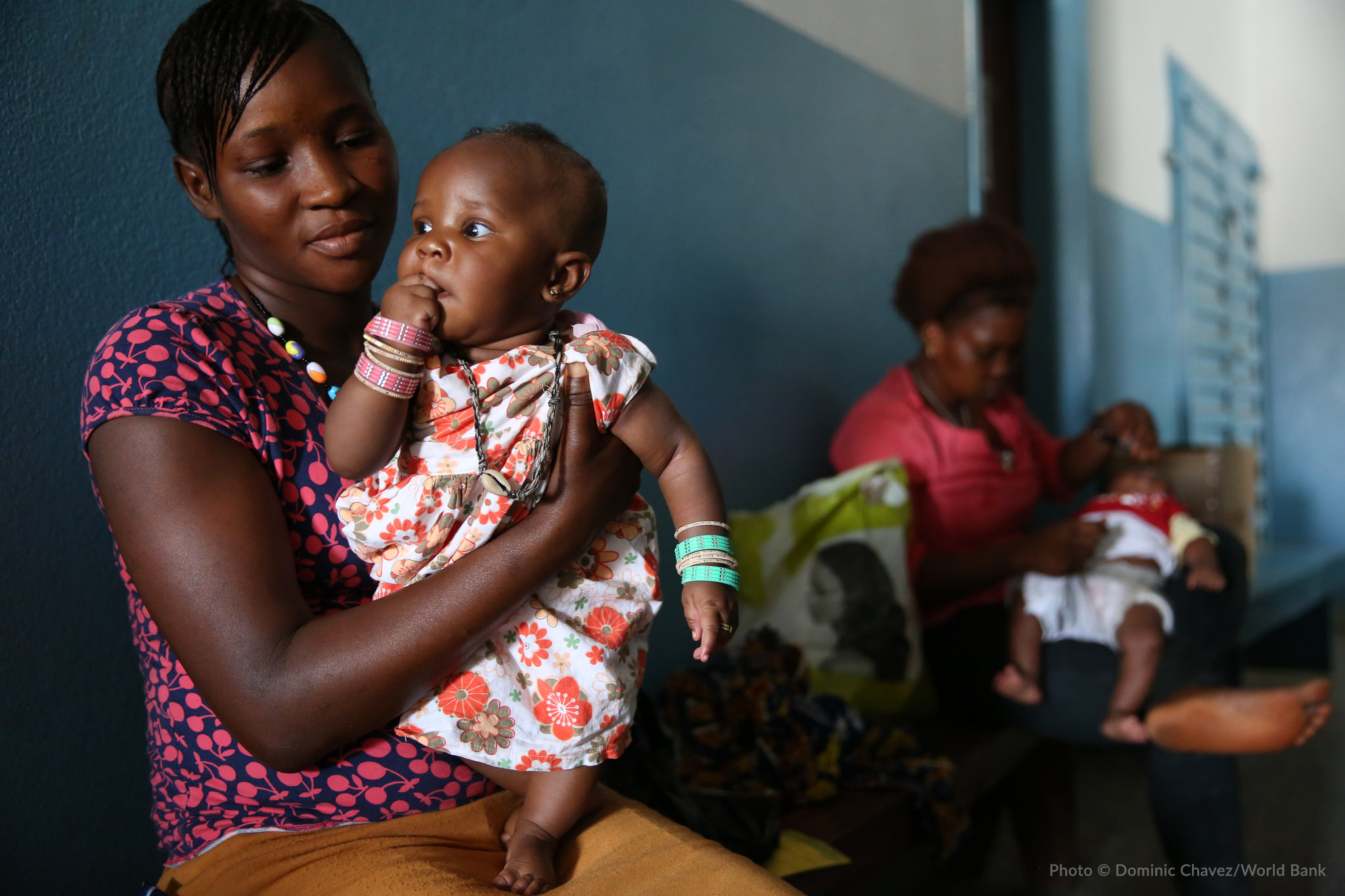2015 has the potential to be a historic year. It could be the beginning of the end of extreme poverty. It could be the year the world comes together to finally prevent runaway climate change. And it could be the year that the world decides to prioritize the survival, health, and well-being of women, children, and adolescents everywhere. How can we make sure it becomes a reality?
The answer will come in part this week when world leaders come to the United Nations in New York to formally adopt the new Sustainable Development Goals. The new goals are part of an ambitious, bold, 15-year agenda that builds on the achievements of the Millennium Development Goals (MDGs), which have proven that global goals can improve the lives of millions of people around the world.
Health has been one of the great successes of the MDG period with more women, newborns, and children surviving than ever before, thanks to a global push to reduce maternal and child deaths and halt diseases like malaria, HIV/AIDs, and tuberculosis.
This effort will continue on Saturday with the launch of the Global Strategy for Women’s, Children’s, and Adolescents’ Health, an ambitious framework to guide efforts to end all preventable maternal, newborn, child, and adolescent deaths within a generation. Accompanying the launch, a set of concrete commitments from governments, the private sector, and civil society will be announced in support of the Strategy.

In 2010, UN Secretary-General Ban-Ki-moon launched the Global Strategy for Women’s and Children’s Health and subsequent Every Woman Every Child movement because he wanted to mobilize the world to do more for our most vulnerable women and children. He succeeded: More than 300 partners helped mobilize resources, actions, and policy changes. Millions of lives were saved and more people can now access essential health services.
While the first Global Strategy brought us together, the updated one puts focus where it counts – on the power of young people to change the world, on country leadership, on accountability, and on new partnerships at all levels, including between development partners working in health, education, water, nutrition, and climate. A recent series in the British Medical Journal examines the evidence and the thinking that forms the basis of the new Global Strategy and is worth a read.
The world is pulled in many different directions this week. On the one hand, we see the uplifting images of the Pope’s historic visit to Cuba and the United States, while on the other, we see so many people living in turbulent and unstable settings due to conflict and violence, injustice, and weak institutions. More than half the world’s preventable maternal, newborn, and child deaths occur in conflict-affected areas. We will not achieve the next set of global goals without addressing these challenges and bridging the development and humanitarian divide.
But there is hope this week and beyond. Like the global goals, the updated Global Strategy is more ambitious than its predecessor and applies to everyone, everywhere – from humanitarian and crisis settings to schools and workplaces. It focuses on safeguarding women, children, and adolescents even in the most difficult of circumstances, including in humanitarian and fragile settings. Innovation and accountability will play an essential role helping us achieve these goals. That’s why, along with the updated Strategy, an Innovation Marketplace in support of Every Woman Every Child will be launched, showcasing some of the most promising innovations for women’s, children’s, and adolescents’ health.
And on September 26, the release of the final report of the independent Expert Review Group, new data from Countdown to 2015 on country successes, and the Partnership for Maternal, Newborn and Child Health “2015 Accountability Report – Strengthening Accountability: Achievements and Perspectives for Women’s, Children’s, and Adolescents’ Health” will help to guide our efforts in strengthening accountability measures for the next development era. Other partners such as Women Deliver, Johnson&Johnson, Save the Children, and World Vision, are also hosting events. Join us this week, either in person or by social media: You can find the list of events, including Saturday’s launch, here, and follow the conversation online via #EWECisME.
Delivering on our vision will take action by everyone, everywhere. We have the tools to build a world we can be proud to leave for our children and grandchildren. Won’t you join us?
Photo courtesy of: Dominic Chavez, World Bank


